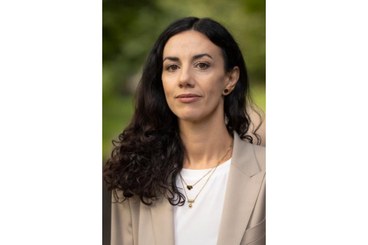Mapping Ancient Descriptions of Space and Place: The Digital Periegesis Project
Spatial analytical methods predate the field of digital humanities, most notably through cartography, the practice of drawing and studying maps. More recently, the spatial analysis of texts via Geographic Information Systems (GIS) is trending as a research method. Mapping pre-modern space is rarely a matter of documenting toponyms or establishing precise coordinates. Rather, space becomes place through interaction with historical agents and the human footprint left on the ground in the form of monuments, religious sites and other infrastructures. While contemporary geographic information science and historical modes of describing space often appear to have disparate, even incompatible, viewpoints of the world, there is a growing ecosystem that seeks to remedy the complexity of ancient space. This ecosystem of tools, content and communities about historical place and space illustrate how collaboration within the field of digital humanities can be an opportunity for scientific discovery.
Against this backdrop, this paper examines the affordances and challenges in interdisciplinary collaboration between researchers, projects and contemporary digital research infrastructures for the analysis of ancient narratives- including writing and descriptions of space. The case study is a well-known historical narrative of space: namely the 2nd century Pausanias’s Periegesis Hellados (Description of Greece), a ten-volume description of Greek towns, villages, monuments, works of art and their histories from Attica to Phocis, following a circuit around the Peloponnese. The Digital Periegesis project, funded by the Marcus and Amalia Wallenberg Foundation (MAW 2017.0057; 2018–2021), and comprising an interdisciplinary team of scholars builds on existing digital spatial research infrastructures, using maps as visual portals into narratives, as a means to interrogate rather than merely illustrate such early writings of spatial and material information. In the second phase of the project that is financed by the Swedish Research Council from 2022 to 2026 (Vetenskapsrådet 2021-02799) the Digital Periegesis project is set out to investigate descriptions of time and people and to incorporate this to the ongoing Digital Periegesis’s visualisation.


